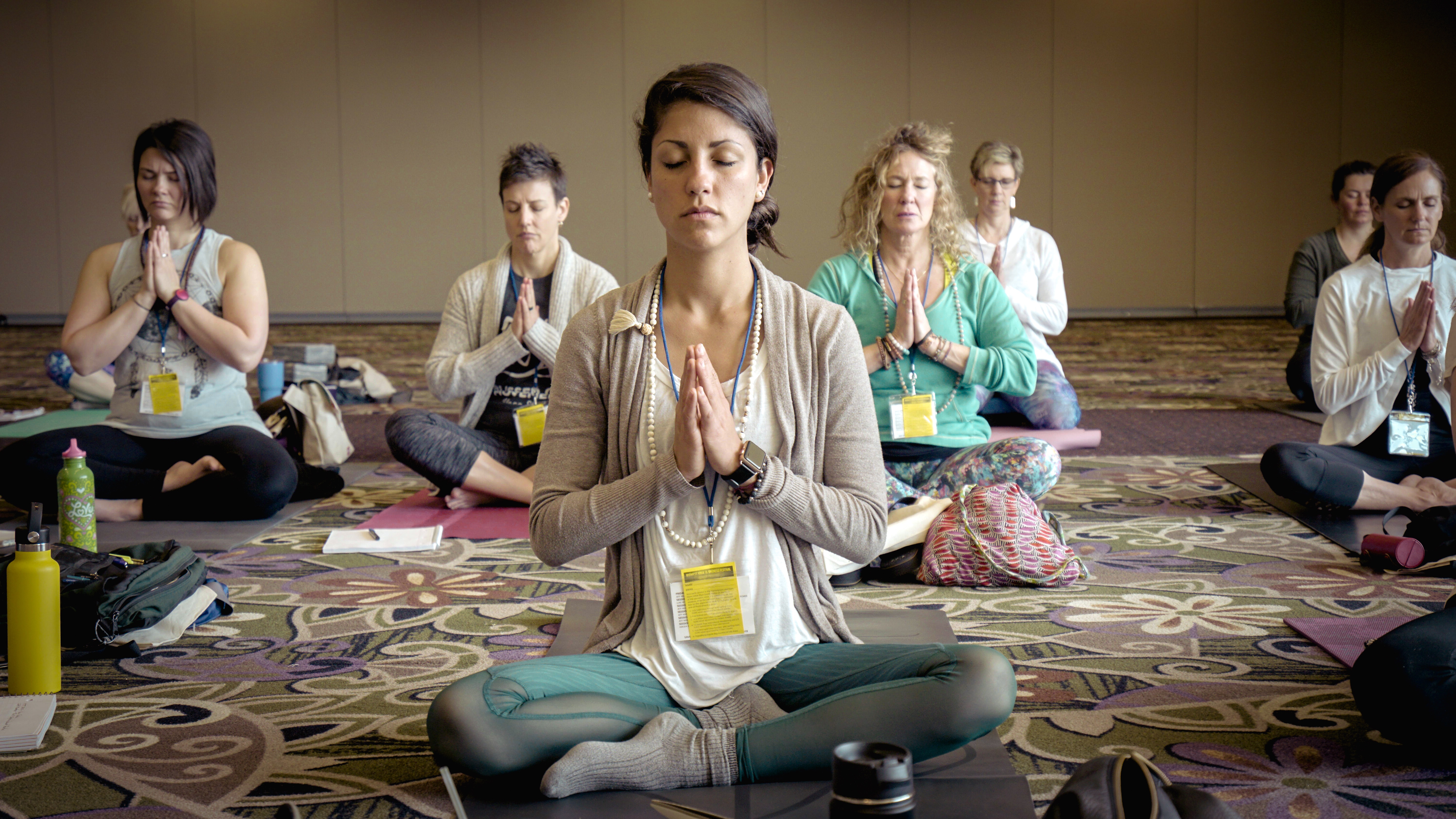Pregnancy is a time of significant change, both physically and emotionally. For many expectant mothers, prenatal yoga offers a path to maintain wellness and balance during this transformative period. This comprehensive guide of everything you need to know delves into the world of prenatal yoga, highlighting its benefits, safety precautions, and how it can be adapted through each trimester.
Introduction to Prenatal Yoga
Prenatal yoga is more than just a fitness routine; it’s a mindful exercise designed specifically for pregnant women. It focuses on gentle movements yo may be able to realize, breath work, and relaxation techniques to improve overall fitness, reduce stress levels, and prepare the body and mind for childbirth.
For Beginners
If you’re new to yoga, prenatal yoga is a nurturing way to start. It emphasizes gentle stretching and maternal fitness, ensuring a safe and comfortable experience. Beginners should focus on understanding their bodies and avoiding any strain.
For Experienced Yoginis
For those who have practiced yoga before pregnancy, prenatal yoga is an opportunity to continue your journey with necessary adjustments. It’s about adapting your practice to accommodate the growing belly and the changes in your body.
Prenatal yoga Tips & Trimester-Specific Tips
First Trimester
During the first trimester, combat fatigue and nausea with gentle exercises and meditation. This period is about maintaining energy levels and adapting to the initial changes in your body.
Second Trimester
The second trimester often brings a surge in energy. It’s the time to adjust your poses for the growing belly, feel good and focus on pregnancy wellness.
Third Trimester
The third trimester is about preparing for birth. Focus on relaxation, safe yoga poses, and techniques that will aid in labor and delivery.
Safety and Precautions
General Safety Tips
Prenatal yoga is generally safe, but it’s crucial to listen to your body and avoid any poses that cause discomfort. Always consult with your healthcare provider before starting any new exercise routine.
Specific Precautions
Be mindful of poses that might affect the Vena Cava and maintain a balance between flexibility and stability. Avoid poses that put pressure on the abdomen and focus on maintaining a good posture.
Yoga Props and Their Uses
Yoga props such as bolsters, blocks, and straps can be incredibly beneficial in prenatal yoga. They provide support, help in maintaining balance, and make certain poses more accessible.
Breathing Techniques
Breathing techniques are a core component of prenatal yoga. They aid in relaxation, reduce stress, and can be particularly beneficial during labor.
Mindfulness and Connection
Prenatal yoga is not just about physical well-being; it’s also about connecting with your baby. Through mindful practices, you can foster a deep sense of connection with your unborn child.
Postnatal Yoga
After childbirth, postnatal yoga can help in regaining strength and flexibility. It’s also a great way to transition back to a more intensive yoga practice.
Additional Resources
There are numerous resources available for prenatal yoga, including in-person classes, online videos, and dedicated yoga studios. These resources provide valuable guidance and community support for expectant mothers.
Q: What is prenatal yoga?
A: Prenatal yoga is a type of yoga designed specifically for pregnant women to help them stay healthy and fit during pregnancy.
Q: Is it safe to practice prenatal yoga during all trimesters of pregnancy?
A: Yes, it is generally safe to practice prenatal yoga throughout the three trimesters of pregnancy, with proper modifications and guidance from a certified prenatal yoga teacher.
Q: What are some typical prenatal yoga poses?
A: Typical prenatal yoga poses include modified standing poses, gentle backbends, pelvic floor exercises, and restorative poses that support the pregnant body.
Q: Are there any specific tips for practicing prenatal yoga during the first trimester?
A: Some tips for practicing prenatal yoga during the first trimester include avoiding lying flat on the back, focusing on gentle poses, and listening to the body’s changes.
Q: What are some recommended yoga tips for each trimester of pregnancy?
A: Some recommended yoga tips for each trimester of pregnancy include adjusting poses as the body changes, maintaining proper alignment, and being mindful of any discomfort.
Q: Can pregnant women attend regular yoga classes or should they only join prenatal yoga classes?
A: It’s generally recommended for pregnant women to join prenatal yoga classes specifically tailored to their needs, as these classes provide safe modifications and guidance suitable for pregnancy.
Q: What are some yoga tips for the third trimester of pregnancy?
A: Yoga tips for the third trimester include using props for support, focusing on restorative poses, and avoiding deep twists or intense backbends.
Q: How can yoga help during the stages of pregnancy?
A: Yoga can help during the stages of pregnancy by promoting relaxation, reducing stress, easing discomfort, and maintaining overall strength and flexibility.
Q: Is it important to consult a healthcare provider before starting a prenatal yoga practice?
A: Yes, it’s always a good idea to consult a healthcare provider before starting any exercise program during pregnancy, including prenatal yoga, to ensure it’s safe for your individual situation.
Q: What are some precautions to be taken while practicing yoga during pregnancy?
A: Some precautions to be taken while practicing yoga during pregnancy include avoiding overstretching, staying hydrated, and being mindful of the body’s changes to prevent injury.

In conclusion, prenatal yoga is a comprehensive approach to wellness during pregnancy. It offers a unique blend of physical exercise, mental relaxation, and emotional connection. By incorporating prenatal yoga into your routine, you can ensure a healthier, more comfortable pregnancy and prepare your body and mind for the journey of motherhood. Remember to consult with your healthcare provider and listen to your body as you embark on this beautiful journey.